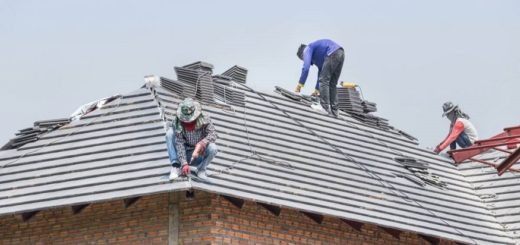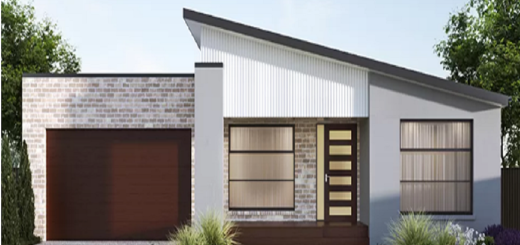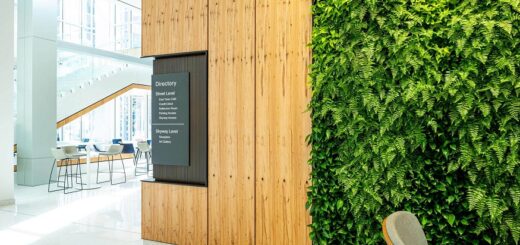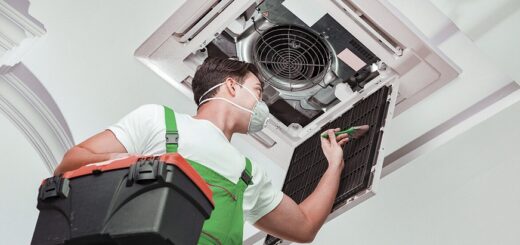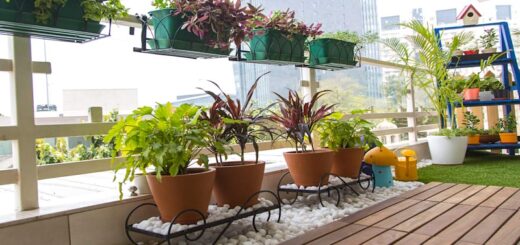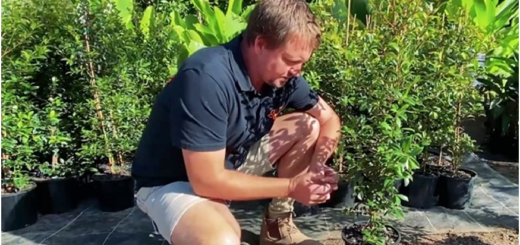Is Your Home’s Roof Leaking After Rainfall?
Your home’s roof protects you and your family from foul weather such as heavy wind and rain. However, in the course of doing so, it is severely exposed to such elements and at risk of becoming compromised over time due to wear and tear. If this does indeed happen, then you can expect rainwater to find its way to your ceiling and into your home.
The Hazardous Nature of Water
Not only would a water leakage be a nuisance, but it can be hazardous. Damp environments combined with a lack of sunlight promotes the growth of mould. Subsequently, this mould start to eat away at your home’s structure materials, leading to decay and the eventual collapse of the structure. At which time, anyone in the vicinity will be in danger.
Investigate your Roofing’s Insulation
Normally, if you locate damp spots in your ceiling or in the attic, then a next action that you can take would be to investigate your roof’s insulation.
You can start by looking for any type of broken roof shingles, impaired fillings and various other gaps that have shown up. These are all distinct signs of areas where rainwater could have easily entered your home. If your roofing system has undergone waterproofing in the past, then you ought to also examine the insulation material.
Read more: Easy Ways to Make Your Home Feel More Relaxing
It is simpler to evaluate a roofing that has gone through waterproofing than a roofing system that has not undergone that. The explanation behind this is that the insulation product discolours more noticeably than the roof covering itself.
Fixing water leakages is likewise vital since insulation that traps moisture might cause rapid corrosion of roofing products. Damp waterproofing products also contribute to the weight of the whole roofing and presents a risk of bringing the roof down.
Check for Foreign Items or Debris
A lot of houses have waterproofing systems that include fall design, directing any fallen water promptly away from your residence. Nonetheless, a weak point of such layouts would be the accumulation of foreign objects or debris.
This is particularly so for fallen leaves landing along the pathway or at designated drainage areas. These debris congest the drain course, decreasing the rate at which water is diverted from your residence.
Read more: Is Your Home’s Roof Leaking After Rainfall?
When water does not leave as quickly as planned, ponding takes place. Ponding refers to the development of pools of water on your house’s surface area. These bodies of water apply significant pressure on your residence’s waterproofing system. Provided adequate quantity or time, they are sure to allow for consistent water seepage right into your home.
Given the danger presented by debris to your residence, routine clearing of fall pathways should be done.


